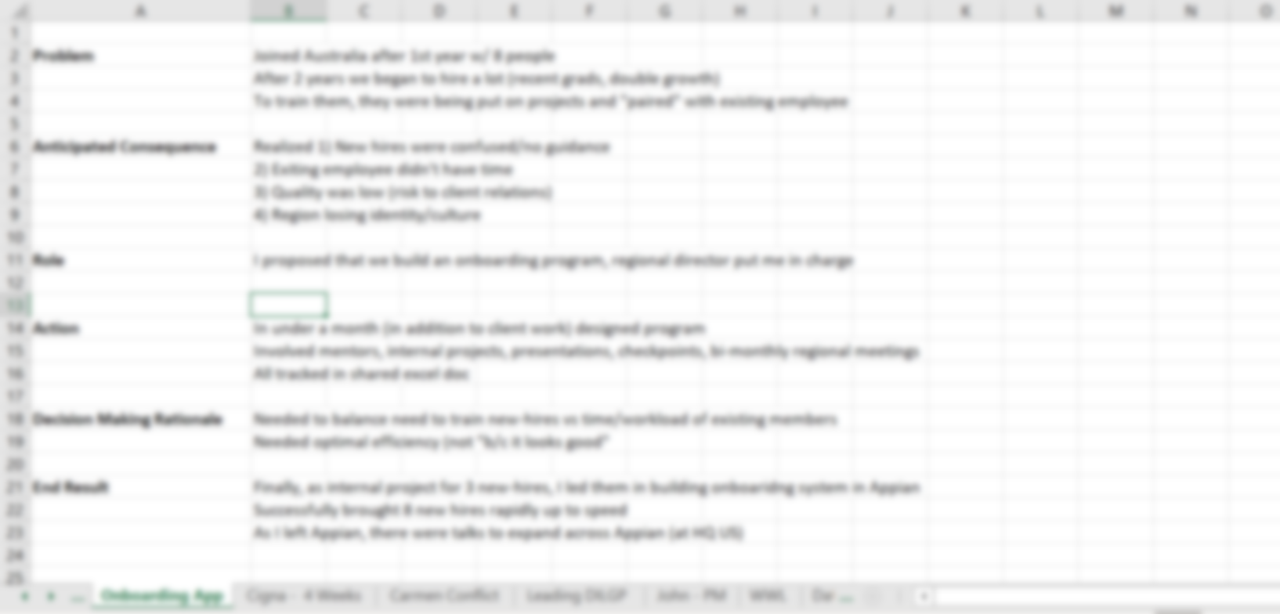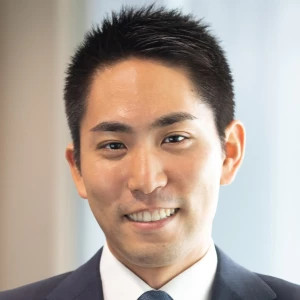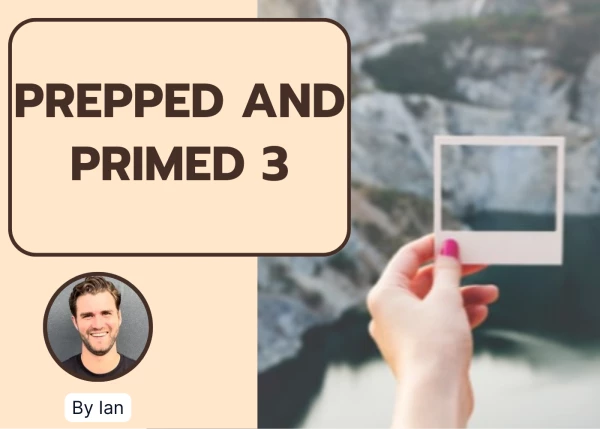Hi there,
in 3 weeks I have a McKinsey interview for an internship during my masters degree in Germany. I have already a lot of experience with cases, but fell unsure about the Personal Experience part.
I think my stories for Drive and Leadership are good, but I have problems with the "Personal Impact" part. For example I am part of a student initiative and at the start of the year I convinced a lot of people to join, although the initiative is still new and has not a lot of members yet. Would this be fitting or is it more about convincing a single person to change their behaviour or how can I understand what is really wanted. Personal Impact can mean so many different things in my opinion.
Maybe someone has an example for me or some advice.
Thanks a lot.


























